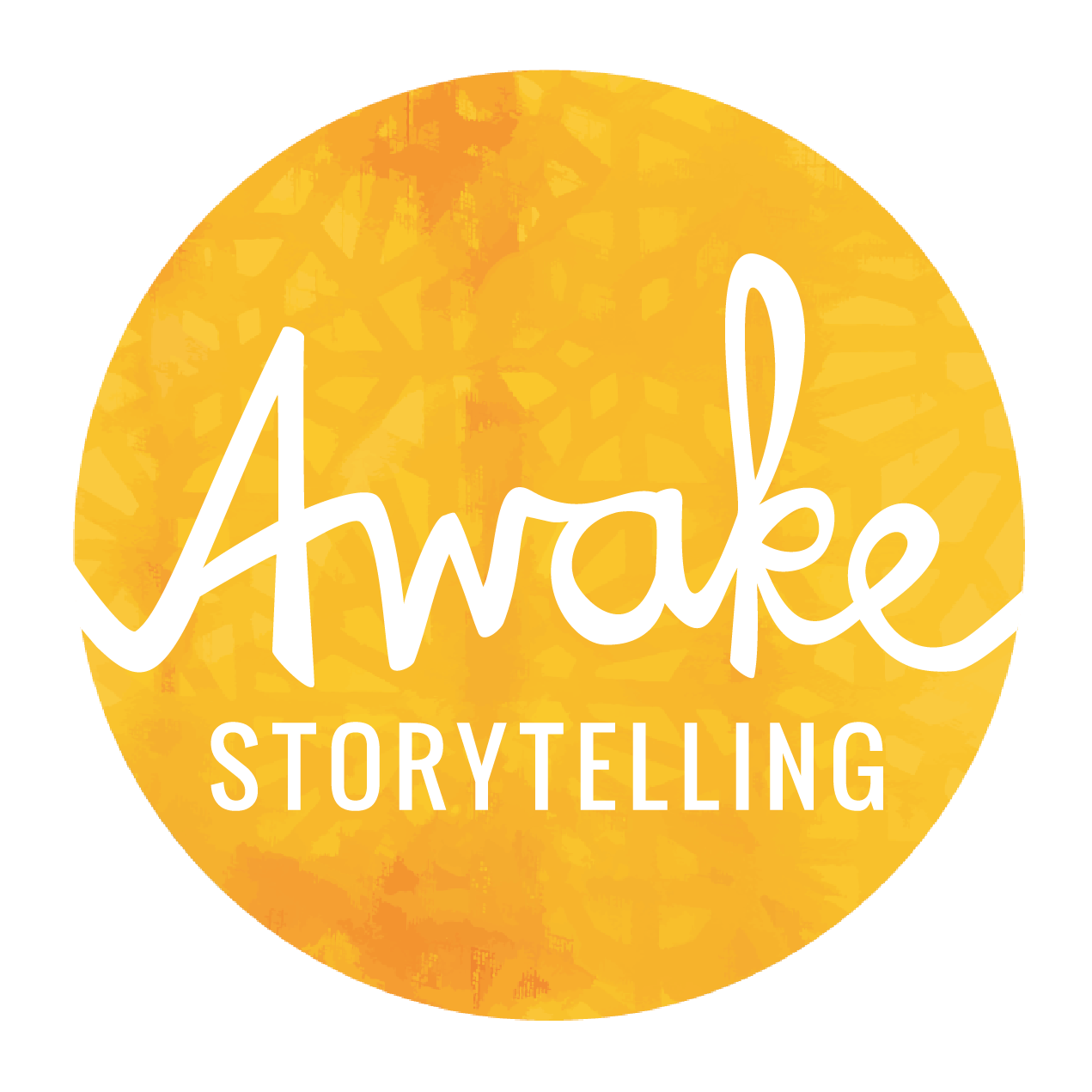Storytelling is a powerful tool for interrupting capitalism, white supremacy, and patriarchy because it disrupts dominant narratives, builds collective power, and makes liberation feel possible. Here’s how:
1. Disrupting the Narrative of Power
Capitalism, white supremacy, and patriarchy all rely on stories that justify oppression—stories that say poverty is an individual failure, white dominance is natural, and gender oppression is inevitable. Storytelling can:
Expose systemic injustices rather than personalizing struggles.
Challenge respectability politics by amplifying voices often silenced.
Reclaim history by centering the experiences of marginalized communities.
🔹 Example: A storytelling project that shares the histories of Black, Indigenous, and other marginalized communities from their own perspectives, countering the whitewashed narratives taught in schools.
2. Shifting Who Holds Power
Under capitalism, white supremacy, and patriarchy, power is concentrated in the hands of a few. Storytelling redistributes power by:
Centering community wisdom over institutional authority.
Prioritizing stories of mutual aid and collective care over rugged individualism.
Reframing who is seen as a leader, showing that those directly impacted by injustice are already leading.
🔹 Example: A nonprofit shifting from donor-centric storytelling (where wealthy funders are the heroes) to solidarity storytelling, where impacted communities lead the narrative.
3. Making Liberation Feel Possible
These oppressive systems rely on convincing people that nothing can change—that capitalism is inevitable, racism is too deeply rooted, and gender oppression is just how things are. Storytelling disrupts this by:
Painting visions of possibility, showing that alternatives exist.
Highlighting movement victories to remind people that change is happening.
Fostering emotional connection, making liberation feel personal and urgent.
🔹 Example: A video campaign highlighting successful worker cooperatives, showing that we don’t have to accept exploitation as the only way to structure an economy.
4. Mobilizing Resources for Liberation
Fundraising and resource mobilization often reinforce oppressive systems by catering to wealthy donors. Storytelling can shift how we fund liberation by:
Appealing to values of solidarity, not charity.
Encouraging grassroots funding models, like community-led giving circles or mutual aid.
Making it clear that investing in justice is not about pity—it’s about shared liberation.
🔹 Example: A fundraising campaign that directly names capitalism as the root cause of homelessness and invites people to fund systemic solutions, not just short-term relief.
5. Interrupting Extractive Storytelling
Capitalism turns even suffering into a commodity—trauma is packaged for donor appeal, pain is extracted for engagement. Ethical storytelling interrupts this by:
Ensuring informed consent and co-creating narratives with those being represented.
Refusing to exploit trauma for fundraising.
Prioritizing dignity and agency in how stories are told and shared.
🔹 Example: Instead of a nonprofit sharing a tear-jerking story about a struggling single mother to get donations, they collaborate with her to tell a story of resistance, resilience, and systemic injustice.
The Bottom Line: Storytelling is a Tool for Organizing
Storytelling alone doesn’t dismantle capitalism, white supremacy, or patriarchy—but it fuels the movements that do. It sparks political awakenings, shifts culture, builds community, and redistributes power. When done intentionally, it’s not just about raising awareness—it’s about mobilizing people to take action.
🚀 Call to Action:What stories are you telling? Who benefits from them? And how can you use storytelling as a tool for liberation?
